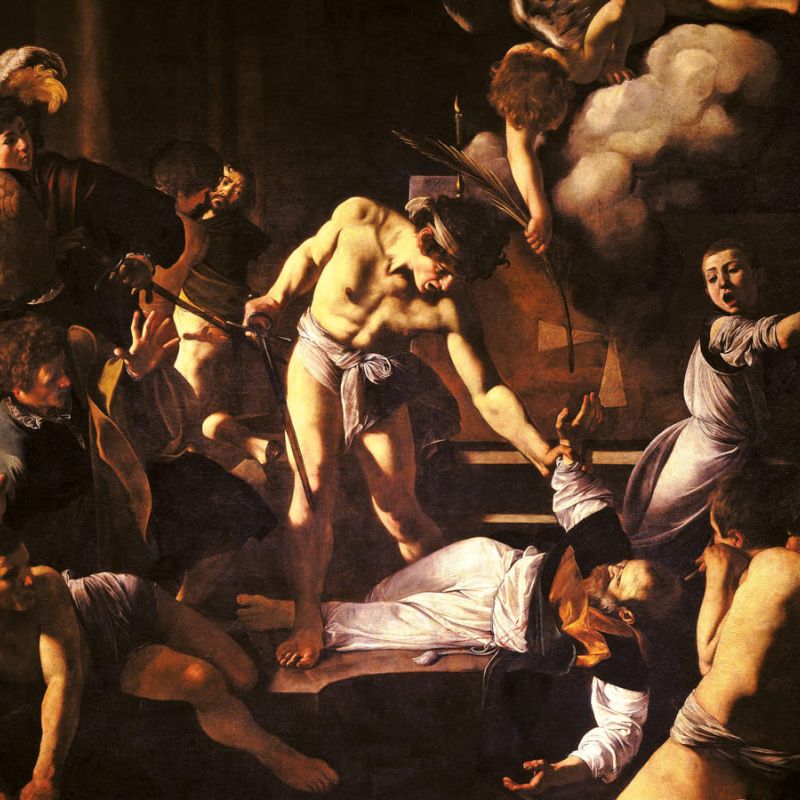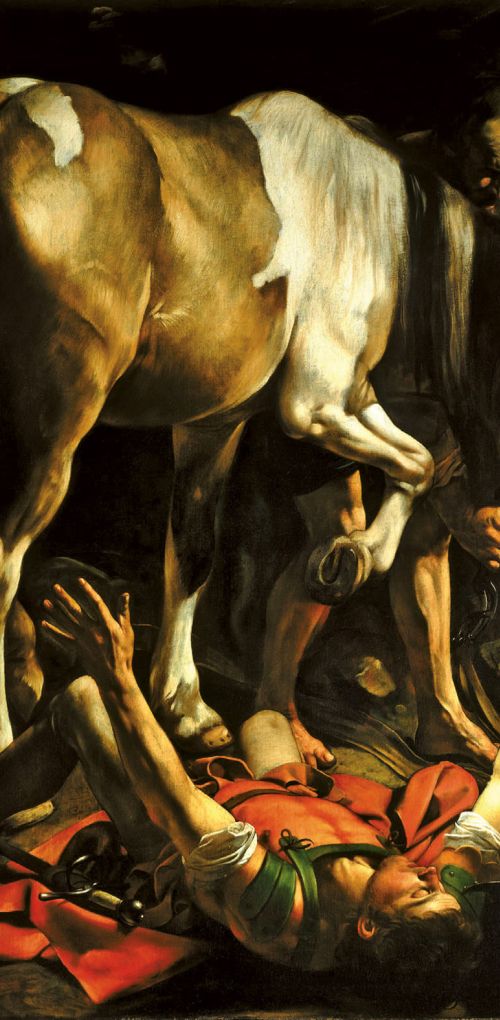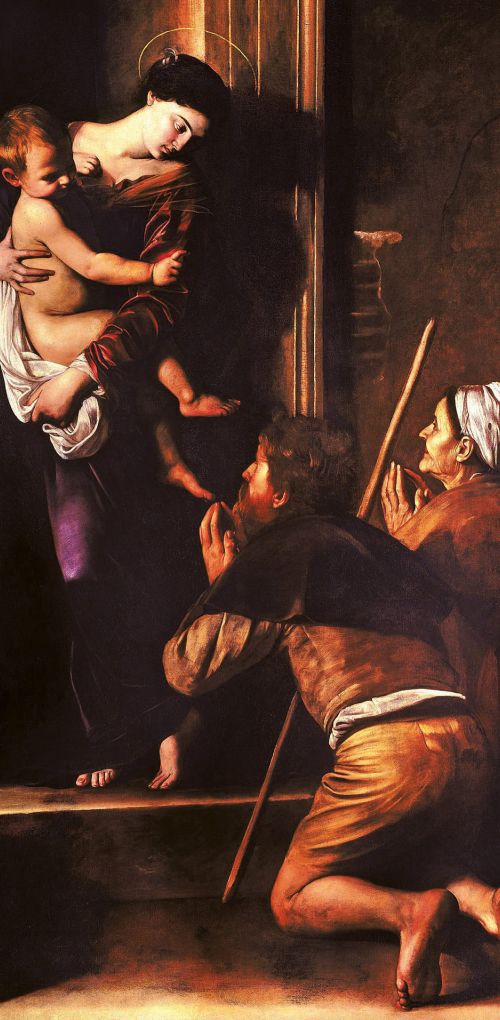Features/Sightseeing

A Caravaggio treasure hunt
Join us on a 120-minute walking tour of the great artist’s masterpieces
Caravaggio, born near Milan in 1571, spent much of his prolific career in Rome, where he created some of the most powerful and innovative works of the Baroque era. His paintings, renowned for their dramatic use of light and shadow (chiaroscuro) and raw, realistic depictions of human emotion, are scattered across the city. From museums to churches, the extraordinary treasure trove of Caravaggio masterpiecesis is literally all over the city. One of the most rewarding ways to explore his legacy is through a 120-minute walk across Rome, following a route that takes you to six of his most celebrated works, all housed in churches that remain free to visit (For opening hours see page 58).
Church of San Luigi dei Francesi Start your journey at the Church of San Luigi dei Francesi, where Caravaggio painted a series of works for the private chapel of French nobleman Mathieu Coyntrel. These three paintings —The Calling of St. Matthew, St. Matthew and the Angel, and The Martyrdom of St. Matthew—stand out for their vivid realism, recently enhanced by a new lighting system. Caravaggio’s mastery of light draws the viewer directly into the action, making the biblical events feel immediate and visceral. The intense drama and psychological depth of these works mark a key moment in the artist’s innovative approach to religious subjects. Basilica of Sant’Agostino A short walk from San Luigi takes you to the Basilica of Sant’Agostino, home to another Caravaggio masterpiece, the Madonna di Loreto or dei Pellegrini. The painting caused


The broader Caravaggio legacy in Rome
Beyond the three featured churches, you can continue your Caravaggio pilgrimage at various other sites, such as: • Borghese Gallery: Boy with a Basket of Fruit, Sick Bacchus, Madonna and Child with Saint Anne, Saint Jerome Writing, John the Baptist, and David with the Head of Goliath.
- Vatican Museums: The Entombment of Christ.
- Galleria Doria Pamphilj: Rest on the Flight into Egypt and John the Baptist.
- Capitoline Museums: The Fortune Teller.
- Palazzo Barberini: Judith Beheading Holofernes.
- Palazzo Corsini: John the Baptist.
While Caravaggio’s contemporaries criticized his unorthodox style and gritty realism, his influence on the art world was revolutionary. It wasn’t until after his death in 1610 that his genius was fully recognized. Today, Caravaggio’s works continue to captivate viewers with their raw emotional power and technical brilliance. From March 7, Palazzo Barberini will host the major, unmissable exhibition Caravaggio 2025.